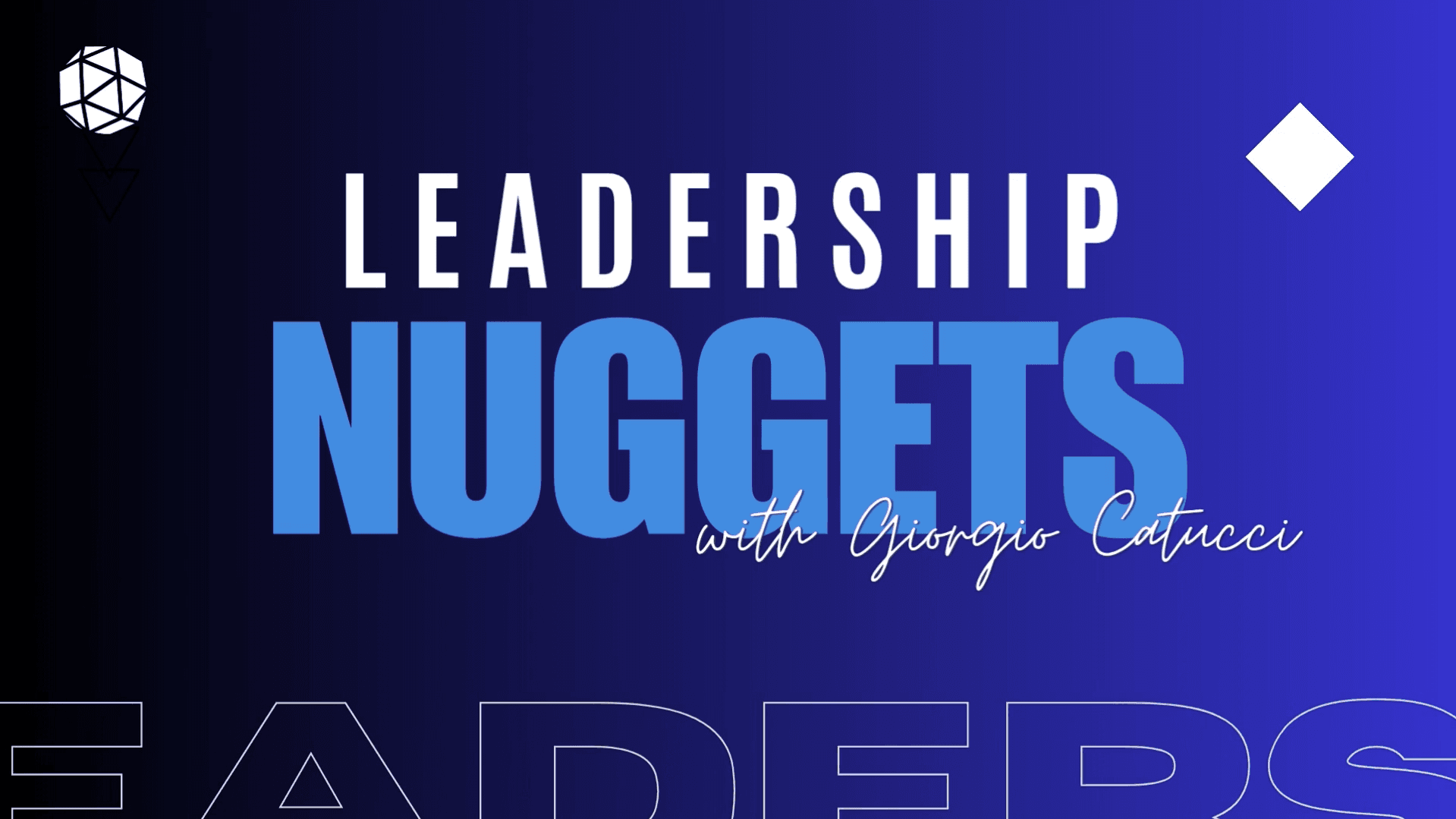The Importance of Getting People to Understand the ‘Why’

When you have a dream or a vision, what’s the best way to motivate others to help you bring it about?
In his 1948 book, The Wisdom of the Sands, Antoine de Saint-Exupéry offers insight into how we might inspire people to invest in a common goal and come together to make it happen.
In one part of the book, he writes about someone’s desire to build a boat. Instead of simply giving out instructions to be followed, the group of craftsmen is motivated through a sense of purpose:
“One will weave the canvas; another will fell a tree by the light of his ax. Yet another will forge nails, and there will be others who observe the stars to learn how to navigate. And yet all will be as one. Building a boat isn’t about weaving canvas, forging nails, or reading the sky. It’s about giving a shared taste for the sea, by the light of which you will see nothing contradictory but rather a community of love.”
How many leaders have missed the vital step of imparting the ‘why’ of a vision, rushing instead to the ‘what’ and the ‘how’?
How much disengagement is rooted in the neglect to communicate clearly the idea that tasks being carried out aren’t merely ends in themselves, but add value to the bigger picture?
How many employees within organisations feel not just that they are valued, but understand why their contributions are valuable?
The importance of ‘why’
Let’s imagine that we’re employees of a company and we know as soon as we step through the door, why we’re about to carry out the day’s schedule and that what we’re about to do adds a positive value to the organisation and its customers.
This is a company that invests in its people, ensures that what they do plays to their individual strengths, and – most importantly – recognises their contributions.
I don’t know about you, but I feel like if I were an employee in such a company, I’d be just as happy and excited to be there on a Monday as I would be on a Friday.
However, for too many employees, there’s an uncertainty surrounding the role that they perform. What’s more, there’s not much by way of recognition or appreciation coming their way for doing a great job.
Should employees be thankful for having a job in the first place? Absolutely. But leaders should be even more grateful for having the kinds of employees that allow their organisation to thrive, and they should be sure to express that gratitude on a regular basis.
As leaders, we’ve all seen the research, we know how it goes: employees who feel valued, who know what’s expected of them, and who feel like they’re making a positive contribution are much more likely to feel engaged and empowered in what they do. This leads to an increase in commitment and investment in their organisation on their part.
As a result, the ‘company’s vision’ becomes ‘our mission’, and the organisation benefits from greater cohesion and a clearer direction thanks to clear and open communication across the board that’s geared towards motivating people at every level.
Check out: Why I Do What I Do: My Journey
Final thoughts
The renowned author and speaker Simon Sinek has said that, “If you don’t understand people, you don’t understand business.”
In what I’ve observed over the years, there aren’t many leaders who don’t understand their people – but there are leaders who sometimes lose sight of that understanding, and are in need of a reminder as to what makes their employees tick.
As the saying goes, a company’s greatest asset is its people. It’s the job of leaders to make sure that their employees are as inspired on a Monday morning as they are excited on a Friday afternoon.
This begins by knowing how to motivate people in a way that speaks to their desires, values and beliefs, and aligning that with the organisation’s goals, objectives and vision.
Leadership
Tags: Be A Leader
Roshan is the Founder and “Kuli” of the Leaderonomics Group of companies. He believes that everyone can be a leader and "make a dent in the universe," in their own special ways. He is featured on TV, radio and numerous publications sharing the Science of Building Leaders and on leadership development. Follow him at www.roshanthiran.com





